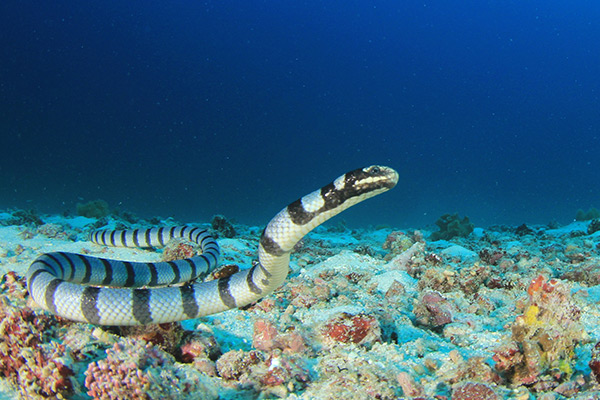An ancient beauty: Experts recreate the face of a Neolithic woman using a 7,500-year-old skull
09/04/2020 / By Michael Alexander

A Neolithic woman, whose skull was first discovered in 1996 within a cave in Gibraltar, has been brought back to life – in the form of a sculpture.
The woman, named Calpeia by experts as an homage to the rock’s classical name, is thought to have been between 30 and 40 years old when she died 7,500 years ago.
As reported by the Gibraltar Chronicle, Gibraltar’s Minister for Heritage, John Cortes, unveiled the sculpture, the creation of which was led and supervised by Gibraltar National Museum Conservator, Manuel Jaen.
The forensic reconstruction, local media reported, took the museum six months to complete, as they had to fill in the missing areas of Calpeia’s skull, which had been deformed post-burial.
According to a statement published by the Gibraltarian government, Harvard Medical School also advised on the details of the current reconstruction.
“We were able to extract DNA from the skull so we know a number of things. We know she was a female, we know she had features associated with dark hair, dark eyes,” said Clive Finlayson of the Gibraltar National Museum, adding that Calpeia’s skull, which was first discovered in the British territory’s Europa Point, has been dated to around 5,400 BC.
According to Finlayson, 10 percent of the woman’s genes were of Mesolithic hunter-gatherers, while 90 percent of it was of Anatolian or Turkish stock.
“I am not going to go into the ins and outs of Neanderthals being different species or not, but if the Neanderthal is a different lineage and Nana is the first female Neanderthal, I think what you are going to see today is truly a modern human,” he added.
Cortes, during the unveiling of the reconstruction, noted that Calpeia — as did the rest of her Neolithic Gibraltarian brethren — probably engaged in fishing and foraging during their time on the peninsula.
“I am told there was no agriculture in Gibraltar at that time. They were probably fishing, living off the sea, and living off the land,” Cortes explained.
Cortes, during the unveiling, also noted that much like the current crop of immigrants who have settled on the peninsula, it does not matter if Calpeia was actually born on Gibraltar.
“But she was in Gibraltar, a Gibraltarian, though whether she was born here or traveled here we will never know. But, so many of us born here or who traveled here consider ourselves Gibraltarian,” Cortes stated. (Related: Innate ingenuity: Ethiopian dig unearths ancient stone tools, some of the oldest ever discovered at more than 2.58 million years old.)
What happened during the Neolithic Age?
Also called the New Stone Age, the Neolithic Age is the point in human history in which the nomadic bands of early humans started building permanent agricultural settlements.
It is considered by experts to be the final stage of cultural evolution and technological development among early humans and is characterized by the appearance of polished stone tools and the domestication of certain plants such as rice, wheat, millet and barley and animals such as pigs, goats and cattle. This age also marked the appearance of crafts such as pottery and weaving.
According to experts, the Neolithic Age started around 12,000 years ago in the Fertile Crescent, a region of the Middle East where humans first took up agriculture.
Because it caused the transition to permanent agricultural and farming settlements, many experts consider the Neolithic Age — and the changes it brought about — as the catalyst that helped pave the way for modern civilization, with several scholars even noting that the age marks the world’s “first economic revolution.”
The Neolithic Age, as noted by experts, ended in Northern Europe at around 1700 BC and was preceded by the Bronze Age, the archaeological period in which early humans first experimented with metal tools.
Sources include:
Tagged Under: ancient history, Archaeology, artifacts, civilization, discoveries, early humans, Gibraltar, history, human ancestors, Mysteries, neolithic age, real history, research, Stone Age, Unexplained, weird science
RECENT NEWS & ARTICLES
COPYRIGHT © 2017 SCIENTIFIC NEWS




















